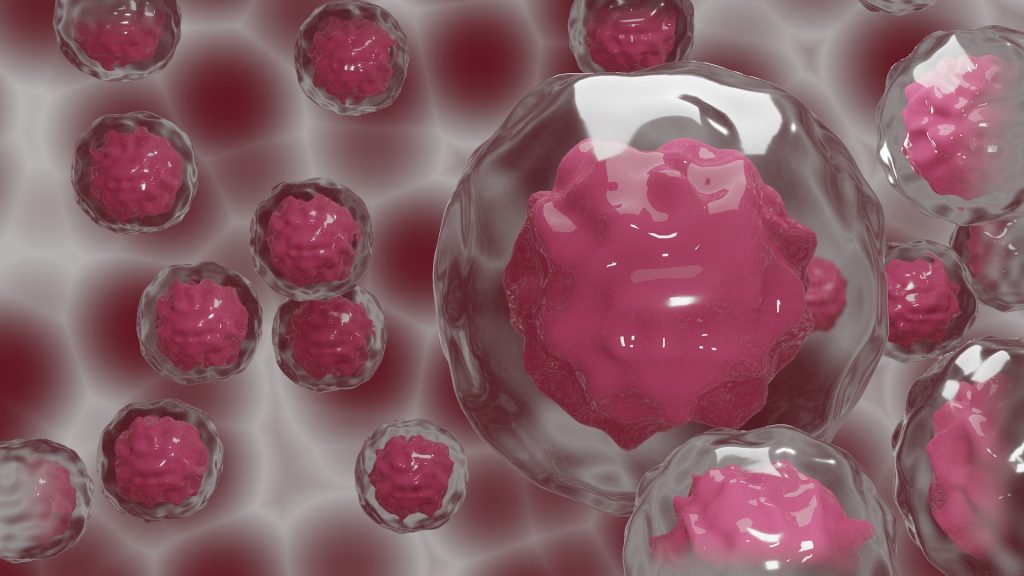
Researchers have reported in Science how vitamin A enters immune cells in the intestines – findings that could offer insight to treat digestive diseases and perhaps help improve the efficacy of certain vaccines.
“Now that we know more about this important aspect of immune function, we may eventually be able to manipulate how vitamin A is delivered to the immune system for disease treatment or prevention,” said Lora Hooper, PhD, Chair of Immunology at UT Southwestern, Howard Hughes Medical Institute Investigator.
Vitamin A is a fat-soluble nutrient which is converted to retinol and then to retinoic acid before it is used. It is important for every tissue in the body, said Dr. Hooper, Professor of Immunology, Microbiology, and in the Center for the Genetics of Host Defense at UT Southwestern. It is particularly crucial for the adaptive immune system, a subset of the broader immune system that reacts to specific pathogens based on immunological memory, the type formed by exposure to disease or vaccines.
Although researchers knew that some intestinal immune cells called myeloid cells can convert retinol to retinoic acid, how they acquire retinol to perform this task was a mystery, said Dr. Hooper, whose lab investigates how resident intestinal bacteria influence the biology of humans and other mammalian hosts.
Lead author Ye-Ji Bang, PhD, a postdoctoral fellow in the Hooper Lab, and colleagues focused on serum amyloid A proteins, a family of retinol-binding proteins that some organs produce during infections. They used biochemical techniques to determine which cell surface proteins they attached to, and identified LDL receptor-related protein 1 (LRP1).
Drs. Bang, Hooper, Herz, and colleagues showed that LRP1 was present on intestinal myeloid cells, where it seemed to be transferring retinol inside. When the researchers deleted the gene for this receptor in mice, preventing their myeloid cells from taking up the vitamin A derivative, the adaptive immune system in their gut virtually disappeared, said Dr Hooper. T and B cells and the molecule immunoglobulin A, critical components of adaptive immunity, were significantly reduced. Researchers then compared the response to Salmonella infection between mice with LRP1 and those without. Those without the receptor quickly succumbed to the infection.
The findings suggest that LRP1 is what conveys retinol into myeloid cells. If a way could be developed to inhibit this process, explained Dr Hooper, it could calm down the immune response in inflammatory diseases that affect the intestines, such as inflammatory bowel disease and Crohn’s disease. Alternatively, boosting LRP1 activity could boost immune activity, making oral vaccines more effective.
Source: UT Southwestern Medical Center

